The Maasai Warriors of East Africa
The Maasai are a symbol of heritage, strength, and cultural pride, offering travellers an unforgettable cultural safari experience
The Maasai Warriors of East Africa | Tradition, Identity, and Life on the Savannah
When travellers think of authentic African culture, images of tall warriors leaping into the air, women adorned with intricate beads, and scarlet robes flowing across endless plains often come to mind. These visuals belong to the Maasai, arguably East Africa’s most iconic tribe. Found in northern Tanzania and southern Kenya
A Living Legend: Through the Eyes of a Tourist
Upon arrival in Tanzania or Kenya, it doesn’t take long to encounter the Maasai. In cities like Arusha, Nairobi, or Zanzibar, young men and women in bright red and blue shukas welcome visitors with rhythmic chants.
In rural villages, Maasai men carry swords and walking sticks, while women wear layers of colourful beads and sing traditional songs. Tourists often browse handmade crafts or photograph cultural rituals — gaining a glimpse into a community that has maintained its identity despite modern pressures.
Origins and Language
The term “Maasai” refers to people who speak the Maa language, central to their identity. While Swahili and English are widely understood, Maa remains the cornerstone of cultural continuity.
The Maasai inhabit the Great Rift Valley, stretching from the Serengeti Plains and Ngorongoro Crater to the Maasai Mara and Amboseli, moving freely between Kenya and Tanzania. Despite international borders, these lands are considered one continuous ancestral home.
The Warrior Culture: Life as a Moran
Central to Maasai society is the Moran (warrior) age-set system. Boys undergo Emorata, a traditional circumcision ritual around age 12–14, marking their transition to manhood.
After initiation, Moran boys live in seclusion, training in:
- Endurance and survival
- Livestock protection
- Community defense
Weapons such as spears and short swords symbolise tradition and responsibility, not modern warfare. By age 30–35, men shave their hair and become junior elders, offering guidance and wisdom to the community.
Amudu: The Famous Jumping Dance
The Amudu or jumping dance is a hallmark of Maasai identity. Young warriors leap vertically to demonstrate strength, impress potential brides, and display skill. Historically, it served practical purposes—scanning for predators on the open savannah. Today, it’s a captivating cultural spectacle, often performed for tourists in a respectful, guided setting.
The Maasai Village: Boma Life and Construction
Maasai settlements, or bomas, are enclosed by thorny acacia fences to protect livestock. Within, women build huts (enkangs) using cow dung, mud, and sticks. These structures provide natural insulation from heat and rain.
Villages are nomadic; when pastures run dry, the Maasai relocate, dismantling and rebuilding their bomas in greener areas — reflecting their adaptive lifestyle and intimate connection to the land.
Polygamy, Marriage, and Gender Roles
- Men: Custodians of cattle, community defence, and decision-making.
- Women: Manage domestic chores, milking, cooking, and creating beaded jewellery.
- Marriage: Traditionally polygamous, with bride price paid in cattle. Rarely, women may have multiple husbands in special circumstances.
Cattle remain a symbol of wealth, status, and sustenance — forming the backbone of the Maasai economy and diet.
Beadwork and Visual Culture
The Maasai are masters of bead artistry, wearing necklaces, earrings, bracelets, and belts with symbolic colour codes:
- Red: Bravery
- Blue: Energy
- White: Purity
These vibrant adornments make the Maasai highly photogenic and celebrated worldwide. Beadwork is also an essential source of income, sold ethically to travellers.
Economy and Diet: Cattle is Life
- Livestock is sacred: cows, goats, and sheep are primary wealth.
- Core diet: milk, blood, and occasional meat.
- Modern influences: Some Maasai now include maize porridge, potatoes, or rice.
- Respect for cattle shapes every aspect of daily life, rituals, and marriage traditions.
Social Order and Hierarchy
From early childhood, Maasai boys learn responsibility:
- Age 3: Alert elders of danger
- Age 8–10: Develop traits of future warriors
Leadership is earned through wisdom and experience, not lineage. Elders guide migration, conflict resolution, and community decision-making.
Painful Traditions and Modern Change
Some practices, like female genital mutilation (FGM), are now declining due to education and sensitisation campaigns. Younger Maasai increasingly challenge harmful traditions while preserving cultural identity, showing the community’s adaptive resilience.
Best Time to Visit
- Dry Season (June–October): Ideal for village visits, ceremonies, and photography.
- Short Rains (November–December): Fewer tourists, lush landscapes, seasonal celebrations.
Recommended Duration
- 1–2 days: Single Maasai village visit with cultural immersion.
- 3–5 days: Combine with Hadza, Datoga, Iraqw, or Tarangire safaris for a comprehensive Northern Tanzania cultural experience.
Photography & Cultural Etiquette
- Always ask permission before photographing people, ceremonies, or homes.
- Dress modestly: cover shoulders and knees.
- Avoid intrusive questions or gestures.
- Support the Maasai by purchasing crafts rather than giving money directly.
Sample Itinerary (3-Day Maasai Extension)
- Day 1: Arrive in Karatu/Ngorongoro; evening village visit.
- Day 2: Witness Amudu dance, beadwork demonstrations, and boma life.
- Day 3: Optional combined day with Hadza/Datoga visit or transfer to Tarangire Safari.
FAQ
Q: Can I visit Maasai villages ethically?
A: Yes, with guided tours from Wild Compass Africa respecting privacy and traditions.
Q: When is the best time to visit Maasai villages?
A: Dry season, June–October, for easier access and active cultural demonstrations.
Q: Can I photograph Maasai people?
A: Always ask permission and follow etiquette; guided tours provide the best access.
Other Cultural Journeys
Destinations
Itineraries
Follow us
Get Intouch

